Information regarding medieval India is gathered from a large number of sources including chronichs, accounts of foreign travellers, coins, inscription and monuments. Genealogies and state papers written in Persian provide muvh informations for reconstuuching the history of the period. Chronicles have history of the informations with regard to the history of medieval India. Travellers from abroad give us intersting informations regarding the political, social and economic conditions in medieval India. Coins have given useful Information regarding the state of polity and ecomy during the Sultanate and Mughal periods. Epigrapahic sources like inscription are of greater use for the pre-Mughal rather than the Mughal period. The reigns of the Bengal sultans, Shams-ud-din Firuz, and Ala-ud-din Firuz, have been established by studying inscriptions alone.
The subject matter of the book has been divided into two Sections: (i) Sultanate period, and (ii) The Mughal Dynasty. Scetions-1 covers the rise of Turks, Slave dynasty, the Khilijis, the Tughlaqs, the Sayyids, fragmentation of the Sultanate, and Bhaki movement and Sufism. Sections-II covers Babur’s establishment of Mughal rule, the reigns of Humayun,Akbar, Jahangir, Shah Jahan, Aurangzeb, developments during Mughal rule, and lastly the Marathas. Events have been described in simple language and lucid manner for easy understanding by the readers. The text has been supplemented with pictures of mounments, inscription, coins, etc. Wherever necessary. Important questions have been provided at the end of each chapter so that the students may know what to expect in the examination. The book will be useful for the students and teachers of History, particularly Medieval Indian History. It will also help those preparing for competitive examinations like IAS and PCS with History as an optional paper.

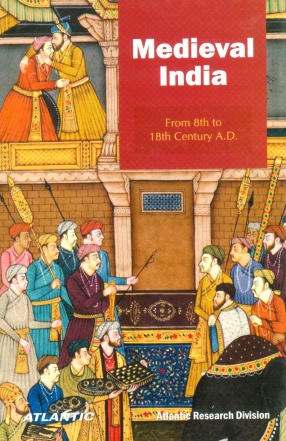
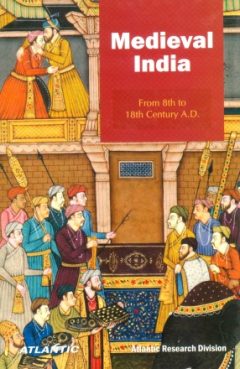
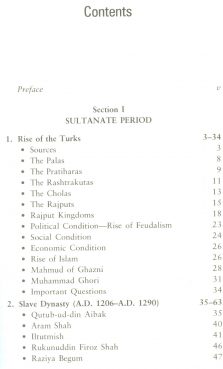
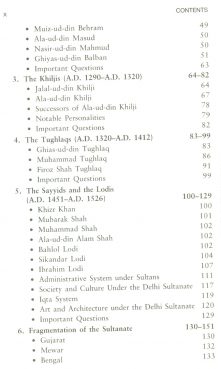
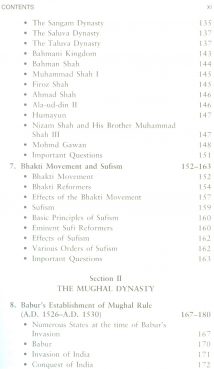
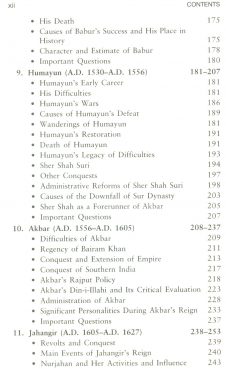
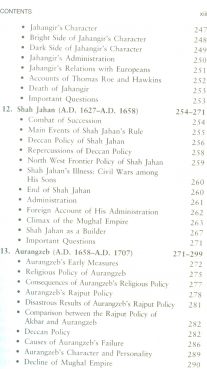
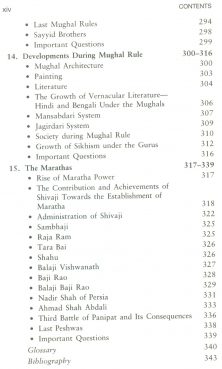
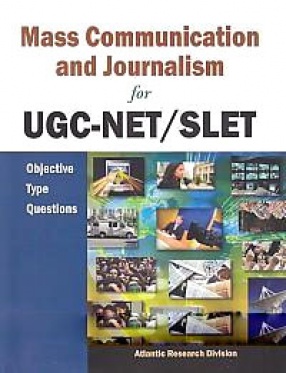

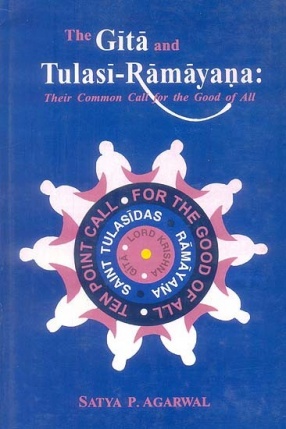
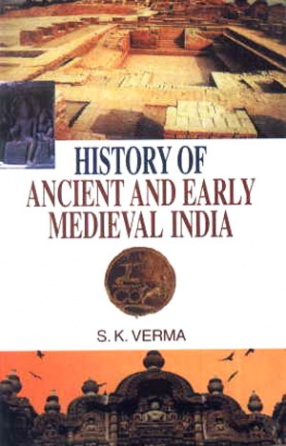
There are no reviews yet.